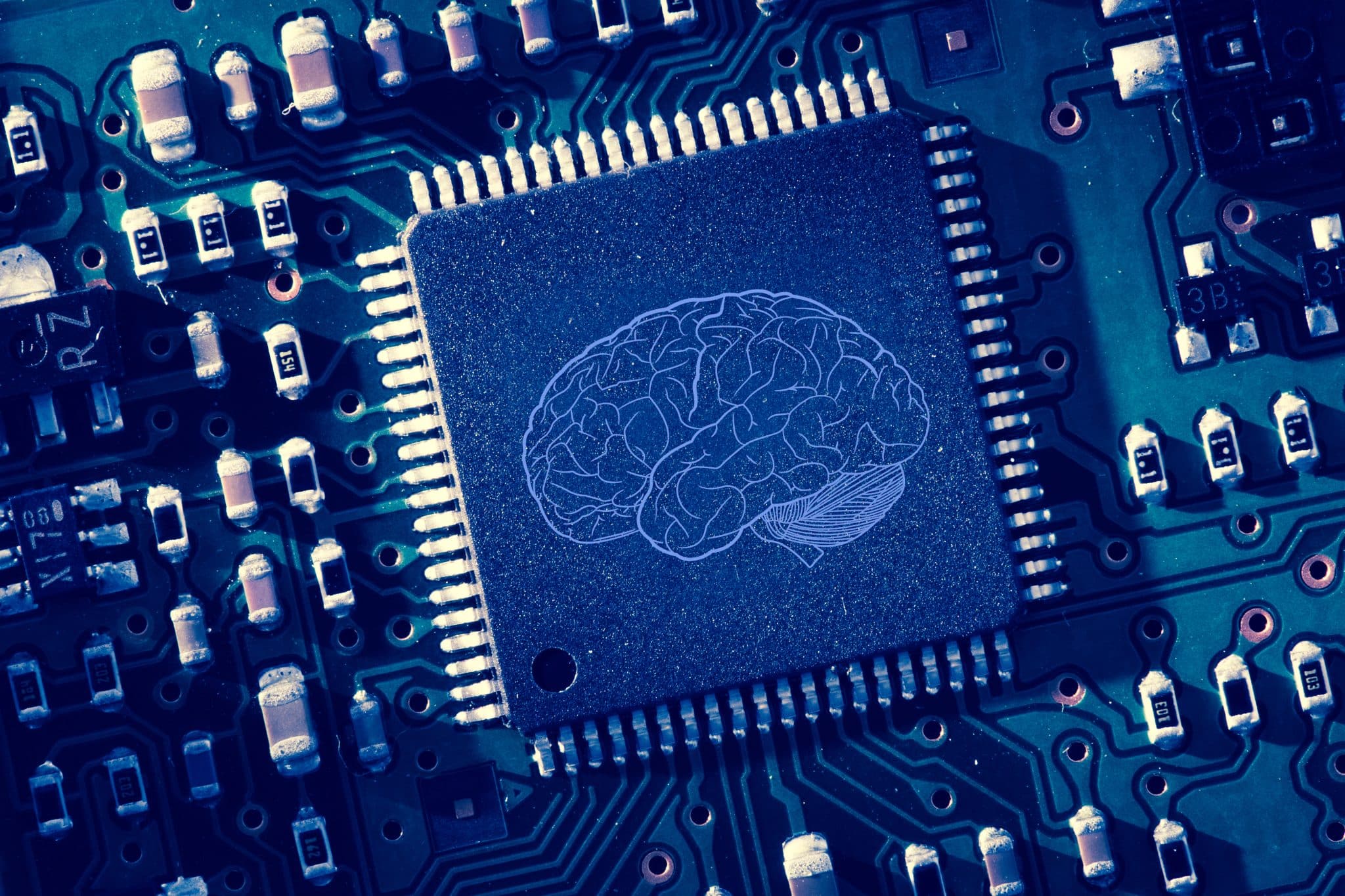I'm guessing Fast Fourier Temporal NN.
Fourier transform breaks a signal down to individual signwave components - fundamental frequency and decreasing harmonics.
Fast Fourier is a digital mathematical shortcut. Very common in signal analysis.
Could be used, eg, in analysing different vibration patterns, spectrum analysis ...
Funnily, Gamma cycles are the decaying oscillations from nerve stimulation which Thorpe, in developing N-of-M coding, showed to be redundant, the leading spike carrying the useful data and the oscillations being unreliable above 10Hz.
Looks like Carnegie has been playing with Akida 2 TeNNs.
https://www.researchgate.net/public...r_Block_and_Relaxing_Gamma_Clock_Asynchronous
The
Temporal Neural Network(TNN) style of architecture is a good basis for approximating biological neurons due to its use of timed pulses to encode data and a voltage-threshold-like system. Using the Temporal Neural Network cortical column C3S architecture design as a basis, this project seeks to augment the network's design. This project takes note of two ideas and presents their designs with the goal of improving existing cortical column architecture. One need in this field is for an encoder that could convert between common digital formats and timed neuronal spikes, as biologically accurate networks are temporal in nature. To this end, this project presents an encoder to translate between binary encoded values and timed spikes to be processed by the neural network. Another need is for the reduction of wasted processing time to idleness, caused by lengthy Gamma cycle processing bursts. To this end, this project presents a relaxation of Gamma cycles to allow for them to end arbitrarily early once the network has determined an output response. With the goal of contributing to the betterment of the field of neuromorphic computer architecture, designs for both a binary-to-spike encoder, as well as a Gamma cycle controller, are presented and evaluated for optimal design parameters, with overall system gain and performance.
CONCLUSIONS
Both the encoder and Gamma cycle control system have the potential to be useful additions to the C3S code base [1]. Encoding from binary to spike times is an essential means for communication and data transmission between the two worlds of existing media formats and the evolving TNN infrastructure. This value has been recognized by groups such as
BrainChip through their inclusion of such encoders on their novel
Akida processor [8]. A binary-to-spike encoder should be added to any upcoming neuromorphic system, for the world we live in is rife with data formats that do not fit well into a TNN style of data processing. The control and potential shortening of Gamma cycles possess the potential to take networks made with C3S columns and layers and improve the speed at which they perform their learning objectives. The potential for reducing the duration of Gamma cycles (and thus increase performance by) by upwards of 68% percent, is significant. Additionally, the inclusion of such a control architecture may bring neuromorphic systems one step closer to the simulation of actual animal brains, which themselves do not always work on consistent frequencies. The benefits of our work are products as modules that add to furthering of neuromorphic architectural research and should be integrated where possible to augment existing TNN neuromorphic systems
FN: Thorpe says that Gammas faster than 0.1 s have been shown to be unreliable. Akida is clocked at 300 MHz, so that's 30 million times faster. Working with Gammas will slow a NN to a snail's pace.
...



